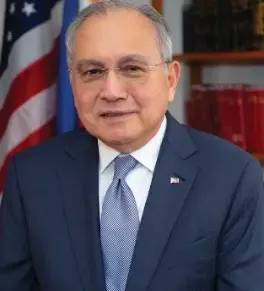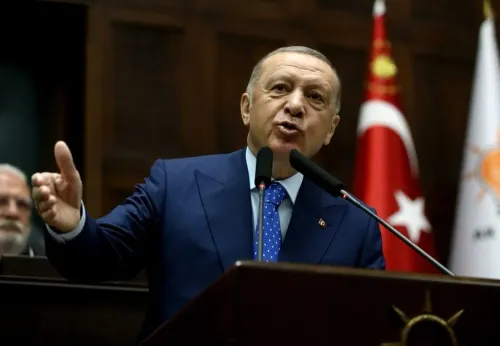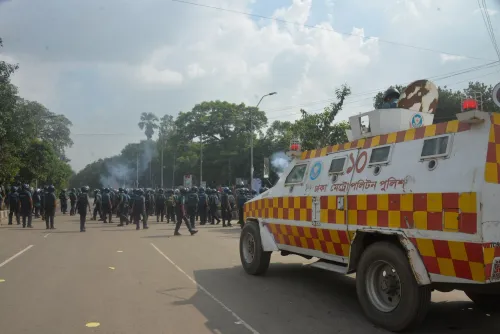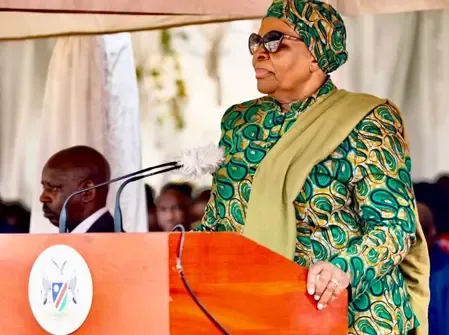Why Hasn't Pakistan's Gen-Z Joined the Protests?
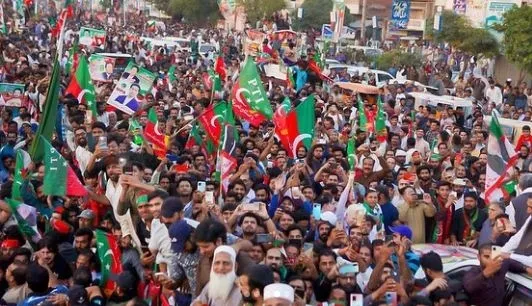
Synopsis
Key Takeaways
- The Pakistan Army's authority significantly impacts the youth's ability to mobilize.
- Legal and media frameworks serve to repress dissent and maintain control.
- Economic challenges exist, but fragmentation hinders unified action.
- Shared political language is crucial for connecting diverse grievances.
- The potential for change exists, but current conditions favor division.
Islamabad: Following the surge of youth-driven protests that engulfed South Asia after Sri Lanka's uprising in 2022, there was much speculation regarding which nation would be next to experience similar upheaval. As Bangladesh mirrored this trend in 2024 with the downfall of Sheikh Hasina and Nepal followed suit, many pondered if Pakistan would also face an uprising, given its circumstances that seem ripe for such movements: economic decline in certain areas, soaring youth unemployment, cronyism, and a political class perceived as detached by many young citizens.
However, unlike Kathmandu, Dhaka, or Colombo, cities like Karachi and Lahore did not become hotspots for widespread, ideologically diverse youth protests. The underlying reason for Pakistan's current avoidance of such unrest is not due to a sense of satisfaction among the populace, but rather a series of intentional institutional, legal, and narrative measures that have stifled the rise of a cohesive, national youth movement.
In Pakistan's case, the focus shifts to the most dominant entity: the Pakistan Army. The institution's extraordinary response to the violence on May 9, 2023, following the arrest of former Prime Minister Imran Khan, underscored that any mass movement threatening the army's authority would be met with force and legal repercussions. In the aftermath, numerous civilians accused of participating in the unrest faced military trials. By indicating that engaging in protests could lead to military prosecution, the establishment has altered the risks associated with public mobilization for potential demonstrators.
However, coercion alone does not account for the absence of a Gen Z uprising. The state apparatus, heavily influenced by military dominance, has reinforced its actions through a legal and rhetorical framework that legitimizes repression. Over the past few years, compliant civilian administrations and a subservient judiciary have provided legal cover for the state's oppressive actions, such as endorsing military trials of civilians or modifying constitutional provisions to enhance the establishment's power. These measures extend beyond mere punishment, fostering an atmosphere of fear and unpredictability. Young individuals contemplating a night of protest must weigh not only the immediate threat of police or paramilitary forces but also the possibility of extended detention, exclusion from public life, or prolonged legal challenges.
Alongside legal mechanisms, the establishment's strategy heavily relies on controlling information. Protests occurring in peripheral regions such as Balochistan and Khyber Pakhtunkhwa, often sparked by human rights violations by the Pakistan Army, are frequently depicted as the actions of foreign-backed separatists or external influences. This securitized narrative strips legitimate grievances of their political significance, framing them as existential threats to national unity. By branding local protests as 'anti-state' or 'foreign-sponsored', it becomes increasingly difficult for disparate movements to unify into a cohesive national youth narrative. The rise and suppression of movements like the Pashtun Tahafuz Movement (PTM) and the Baloch Yekjehiti Committees (BYC) illustrate how media narratives, often aligned with official positions, deepen the divide between 'patriotic' majorities and 'threatening' minorities.
Targeted media campaigns have not only been directed at unrest in the provinces. Following the no-confidence motion that removed Imran Khan's government in 2022, for instance, mobilization by the Pakistan Tehreek-e-Insaf (PTI) quickly polarized public discourse. When protests erupted on May 9 against Khan's arrest, leading to the unprecedented breach of military fortifications, state-aligned media swiftly portrayed protesters as partisan, violent, or manipulated by foreign forces. Such characterization serves to keep young citizens viewing politics through the lenses of party allegiances, ethnic identity, or regional grievances, rather than shared economic and civic issues that transcend these boundaries.
Despite this, economic hardship remains a latent catalyst for change. It is not that Pakistan's youth are unaware of stagnant opportunities, rising living costs, and the politics of patronage in this age of information and social media; rather, their absence from the streets stems from fragmentation. The deeply ingrained provincial, ethnic, and sectarian divisions act as barriers to the cross-class, cross-regional solidarity that has fueled Gen Z movements elsewhere in the region. Until young people can envision a political landscape that transcends these divisions, protest energy is likely to surface locally and then dissipate.
This raises the pivotal question: what would compel Pakistan's Gen Z to break free from the current status quo? The most pressing requirement is the establishment of a shared political lexicon that connects economic grievances with governance failures, rather than reducing dissent to ethnic or partisan labels. The youth must transcend ethnic and sectarian identities and see through the agendas of the current political elite. Recent Gen Z movements across South Asia have demonstrated that when youth mobilize around a unified discourse of rights and justice, they can prompt swift political concessions. However, for this realization to occur, they must avoid being consumed by existing divides.
It is crucial to recognize the asymmetry at play: the state does not need to be all-powerful to thwart a Gen Z uprising; it merely needs to be more adept at dividing and discouraging than youth movements are at uniting. Pakistan's formal and informal institutions have operated precisely in this manner, making it costly to envision a nationwide movement while rendering provincial and securitized politics more appealing. For many young Pakistanis, acts of national solidarity translate to choosing sides in a polarized environment where the stakes are existential.
This is not to suggest that the potential for unrest cannot be ignited. Economic shocks, significant political errors, or a new wave of conscious young political figures capable of articulating a cross-communal narrative of grievance and hope could quickly alter the landscape. But for the time being, the Pakistani establishment's reprieve from a Gen Z uprising is a consequence of both strategy and suppression, involving military deterrence, legal frameworks, media narratives, and the intentional maintenance of social divisions. If the most connected and volatile demographic of young people in the country are to transform their frustration into sustained collective action, they will need to devise a political strategy that can outsmart the state's historical tactics: divide, delegitimize, and dominate.
The challenge for Pakistan's military-dominated establishment is not whether its youth are angry—indeed, they are—but whether these young people can cultivate a strategic, patient, and cross-communal movement that cannot simply be criminalized, fragmented, or undermined. Until such a shift occurs, the streets will remain perilous territory that many are reluctant to navigate alone.

